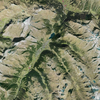
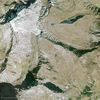
irradiance
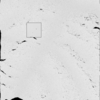

irradiance
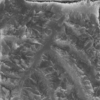
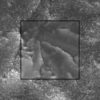
irradiance

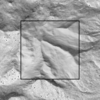
| whole domain | zoom | |
| google Earth |

|

|
|
Direct irradiance |

|

|
|
Diffuse downward irradiance |

|

|
|
Diffuse upward irradiance |

|

|